Ferrari by Mailander
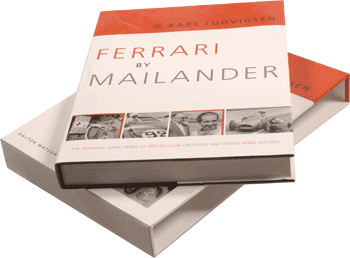 by Karl Ludvigsen
by Karl Ludvigsen
By producing this seemingly cost-no-object book, Dalton Watson Fine Books has gone out on a literary limb for Ferrari enthusiasts and is betting that their target audience is astute enough to appreciate great photography, outstanding layout, superb photo selection and willing enough to chuck out $125 for the privilege of ownership. There are few better deals out there. Think of the book as a multiple picture frame that presents art, history, and an era never to return—a portable fine art museum of early Ferrari history. It is books like this that demonstrate why the Internet won’t replace them anytime soon.
This is an important book, and one of the best from the Ludvigsen Library. Rodolfo Mailander’s epic photo collection covers only the years 1950–1955 but these are the years that forged Ferrari’s name and reputation, and any new work involving that formative era is heartily welcome.
Mailander’s excellent photos are reproduced from incredibly well-kept negatives. Says Ludvigsen, “We have held [the negatives] since the 1960s in Rudy’s original envelopes. A few of the prints are his. By far the majority are by Britain’s Norman Kent, one of the country’s leading fine-arts photographic printers.” The photo selection was made by Ludvigsen, a long time friend of Mailander’s. He had purchased the collection in the early 1970s and today it constitutes the core holdings of the Ludvigsen Library in England.
The large book format is well suited to make each image as big as possible. They are well reproduced on the 150 gsm matte art paper. The layout is credited to Simon Loxley and he does justice to the subjects. The cars, the people, the venues simply jump right off the page and bring to life an wonderful bygone era. Finally, or perhaps firstly, the book is encased in a beautiful slipcase.
Ferrari historians won’t learn a great deal new from the text, checked by Jim Sitz and Michael T. Lynch, but there are a few nuggets. In late 1954, Mailander was summoned to Maranello to photograph a Ferrari. Later, it turned out that these photos are the only proof of the existence of the mysterious 6-cylinder 376S, developed from the 4-cylinder 750 Monza. According to Ludvigsen, all the 376S models were converted into 735LMs. The captions are apparently a combination of Mailander’s recollections and Ludvigsen’s wording. Each year is preceded by a brief review of Ferrari accomplishments researched and written by Ludvigsen. The text is informative and relevant, but the photos take pride of place. A downside of their large size is that many photos bleed across the gutter which always means some image detail right in the center gets lost. As Lynch says, “The photos were so compelling that the impulse to make them bigger was overwhelming.”
There are plenty of action shots but Mailander was even more at home with the people, who always responded to his camera. One of the most impressive shots of this kind adorns the inside cover. Not identified in the book, the photo was taken at the old Modena airport in 1950/51, a ¾ view of a Ferrari 166F2 being warmed up. At three of the wheels we see mechanics who are looking at something outside the frame. At the helm is Onofre Marimon, beaming at the camera. Marimon, recently arrived from the Argentine, was a brilliant newcomer who died at the 1954 Nürburgring. Other shots, the kind rarely used in books like this, show the women in the pits, background scenes, and human-interest angles. Alberto Ascari’s wife Mietta is captured standing on the pit counter, dressed to the nines, her expression hidden behind dark glasses. Long dresses, earrings, pearl necklaces, high heels were the norm, despite the dirt, noise, and discomfort of the pits. As a photojournalistic record, this book certainly ranks among the best we have ever seen—maybe three others come to mind: Klemantaski on Ferrari and Ferrari 1947–1953, and Marzotto’s The Red Arrows—but in terms of photography and reproduction quality, there is little comparison.
Mailander was born in Milan, to parents of German origin. (“Mailander” means “from Milan”). As a youth, he spent much of his time between Paris, Stuttgart, and Milan, becoming fluent in several languages. This was to be key to his success as a racing photographer and journalist. After the war, he bought a Leica with three Zeiss lenses, the standard 50 mm, a 90 mm and a 135 mm long lens. He began reporting on the German industry for Giovanni Canestrini, then editor of L’Automobile. By 1950 he was reporting races, starting with Monte Carlo. Suddenly he was sending material to Automobil Revue, Automobile Year, Autocourse and The Autocar. Most US enthusiasts first noted his work in Auto magazine, published by Petersen. At the height of his fame as a photo/journalist, Mailander went to work for Daimler Benz in the press office, helping improve relations with foreign journalists. He got married and sold his Leica, and the book ends at this point, late in 1955. After going to work for Fiat he never again used his immense skills as a photographer.
The collection includes a large number of photographs of street Ferraris and sports racing cars. Ferrari expert Marcel Massini identified each by serial number. This data appears at the back of the book. While we are glad it’s there, we feel it would have been more effective in the captions themselves. The F1/F2 cars are not identified by serial number because they are, according to Massini, “impossible to identify. Those early cars were modified every single day and in most (not all) cases are impossible to identify with certainty. I didn’t want to take the risk of supplying serial numbers and have too many wrong. That’s why we decided to do only the sports cars.”
Also included is a very helpful index of cars and personalities.
Copyright 2010, Pete Vack (speedreaders.info).
(Adapted, with permission, from a review Vack first wrote for his website VeloceToday.com of which he is Publisher and Editor)


 RSS Feed - Comments
RSS Feed - Comments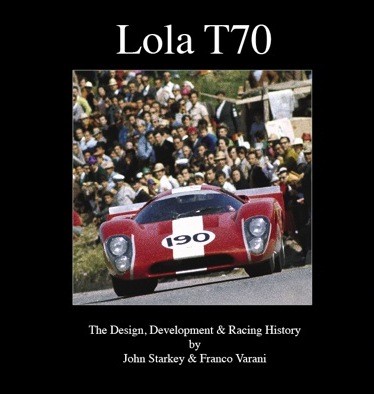
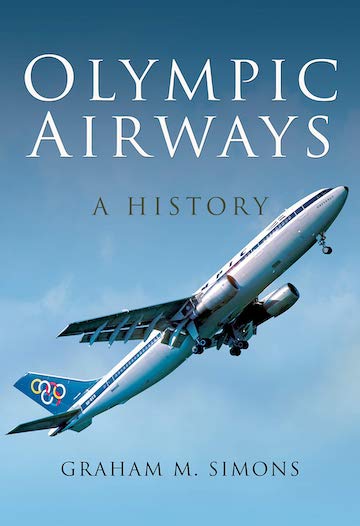
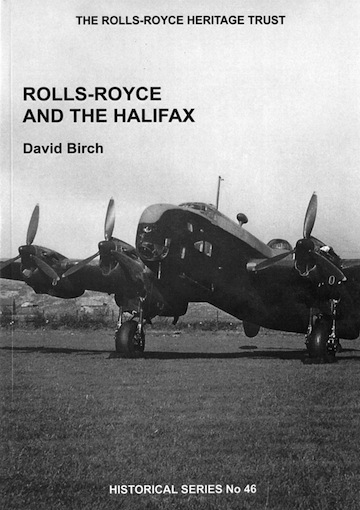
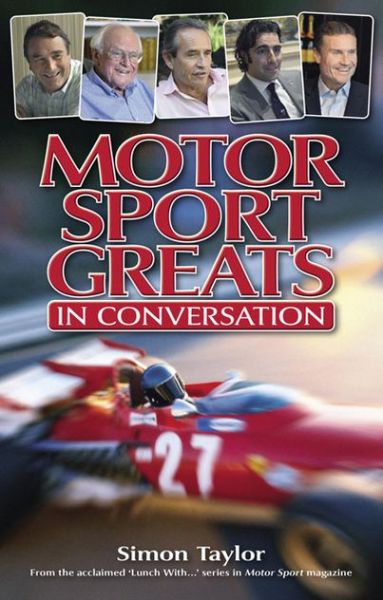
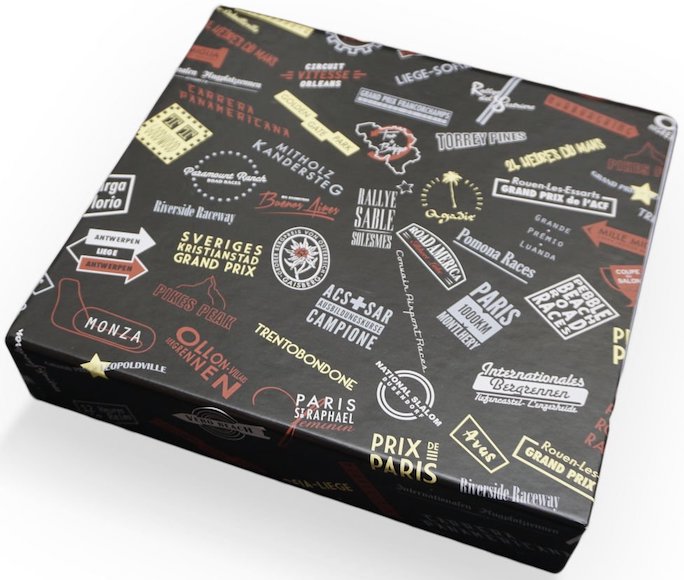
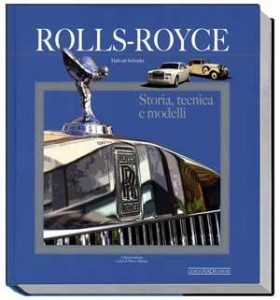
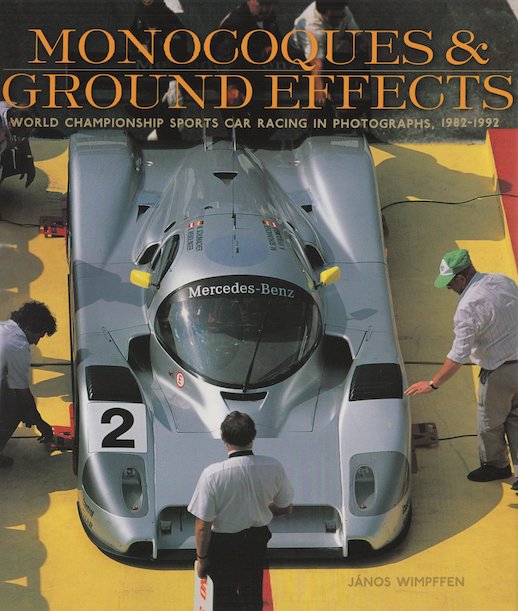
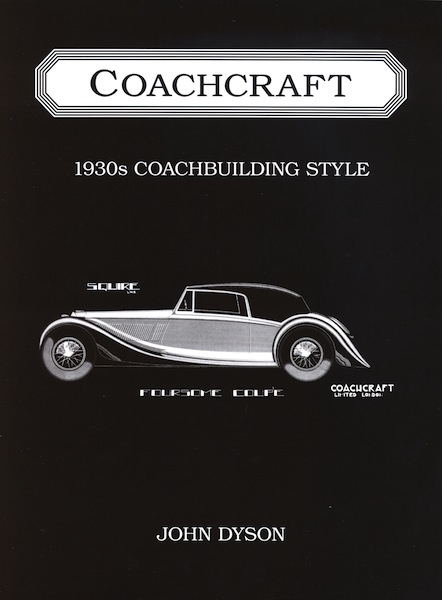
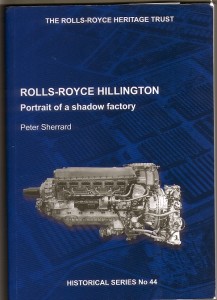
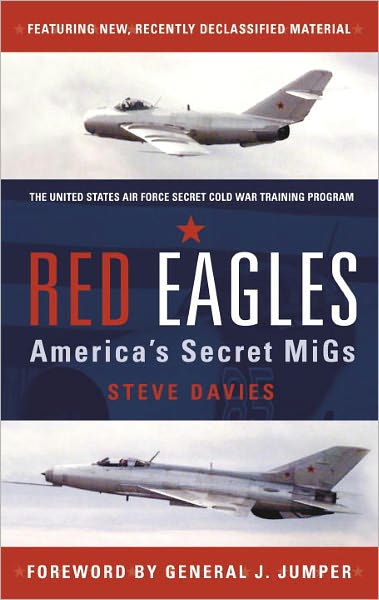
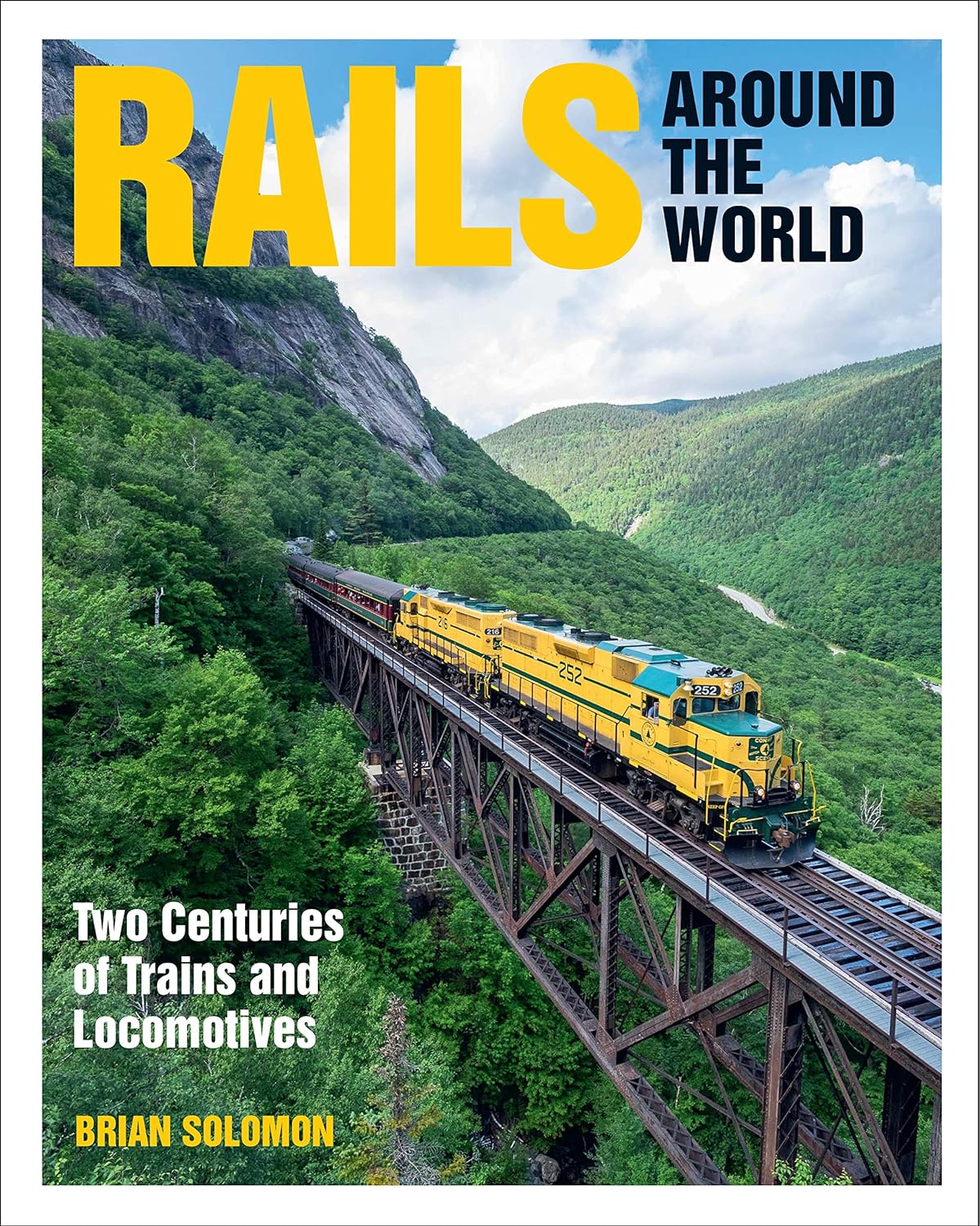
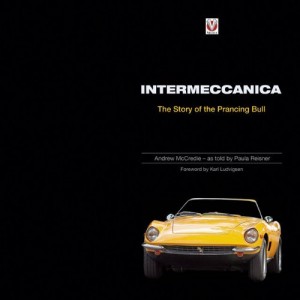
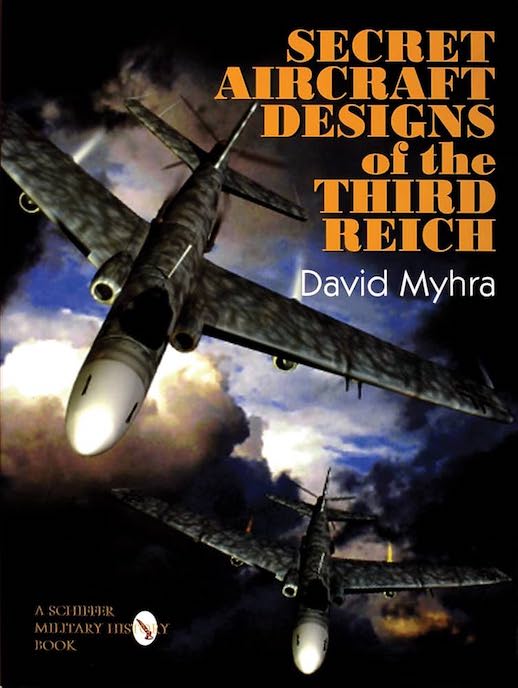
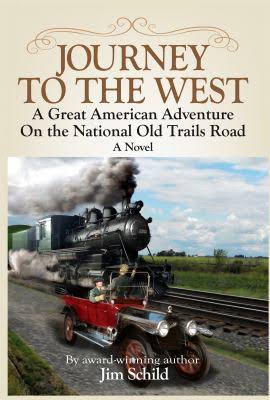

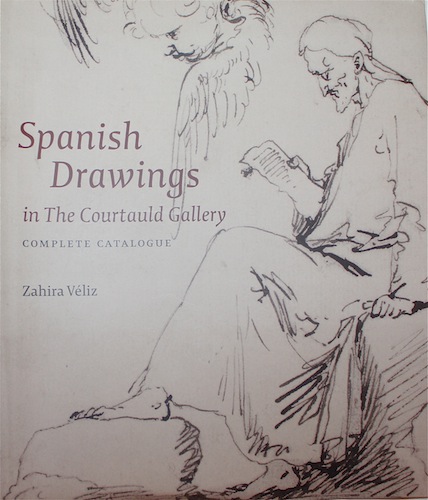
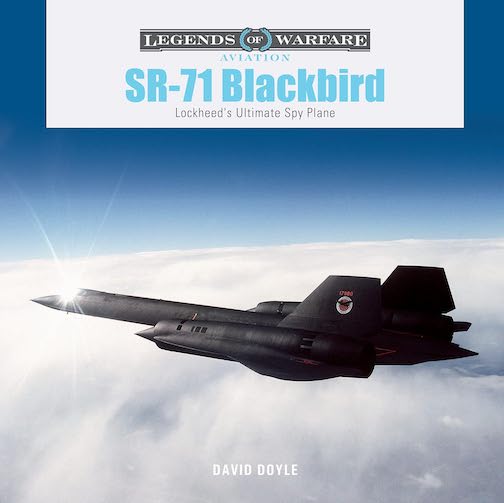
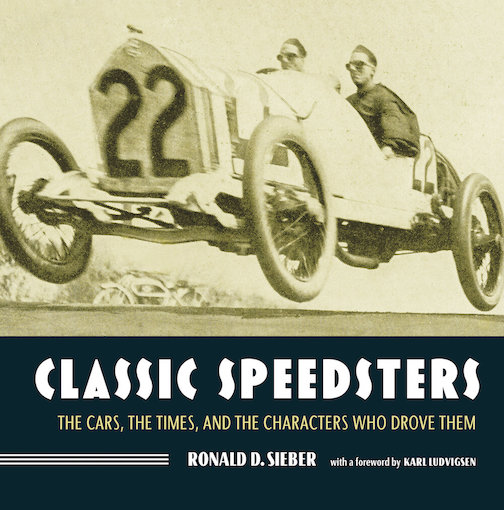
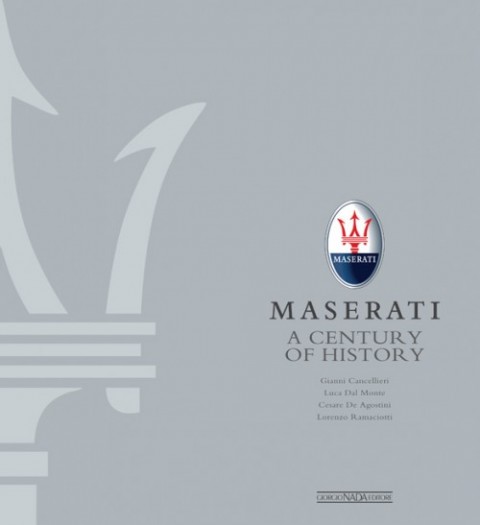
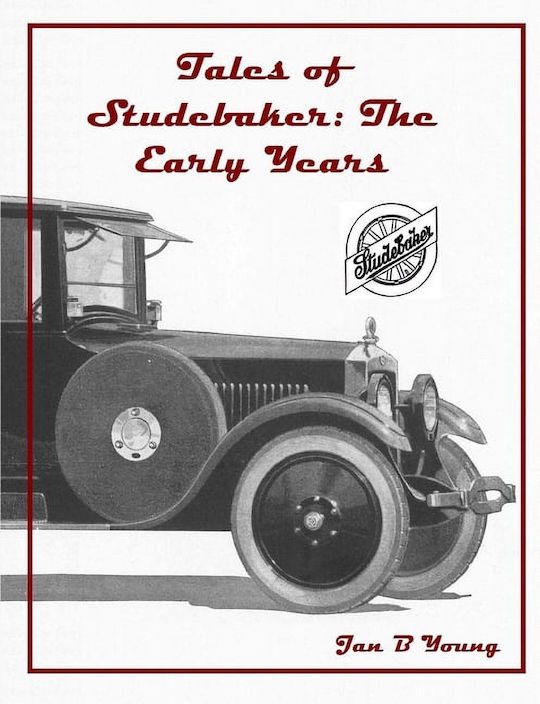
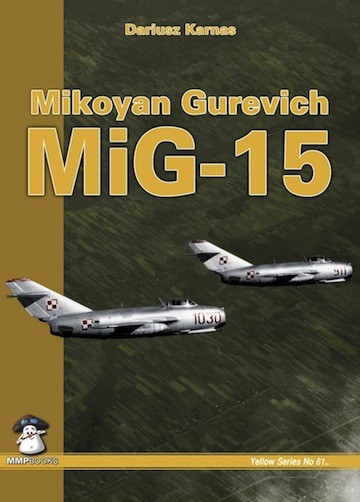
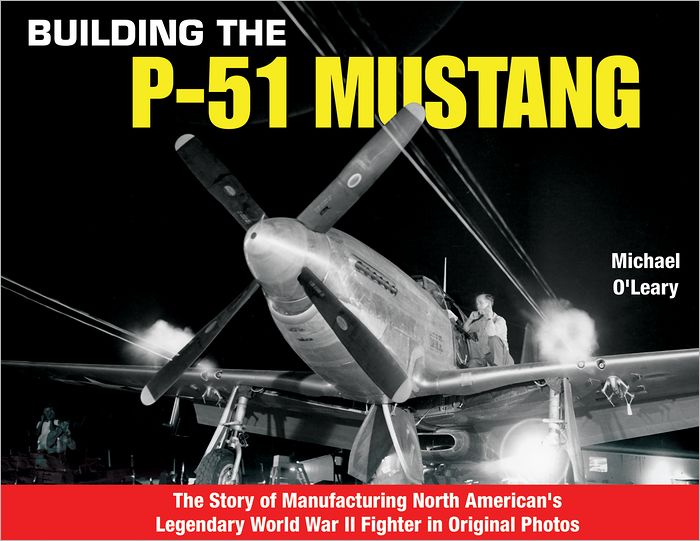
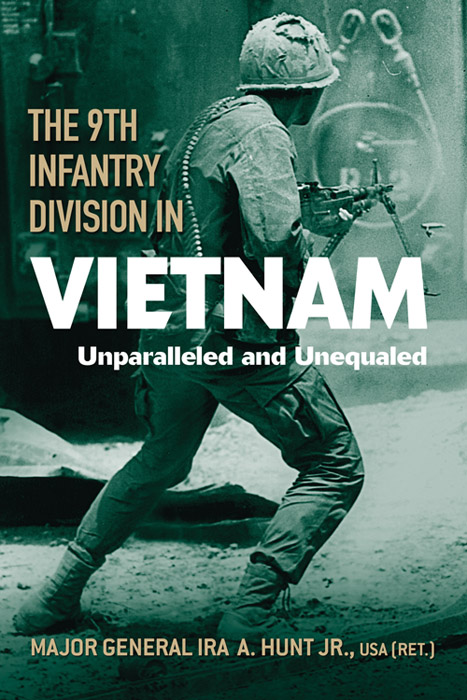
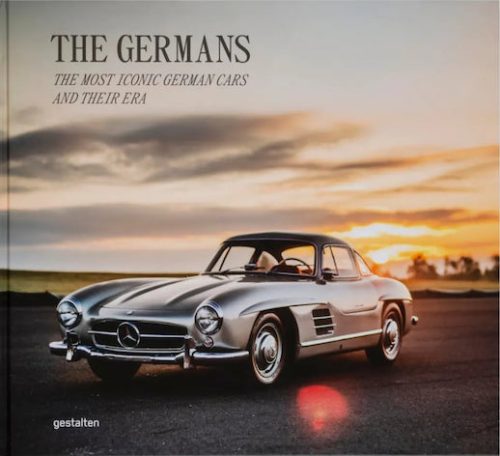
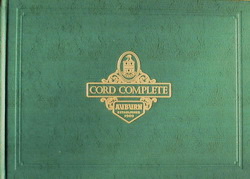
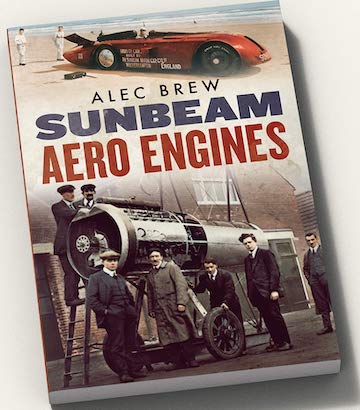
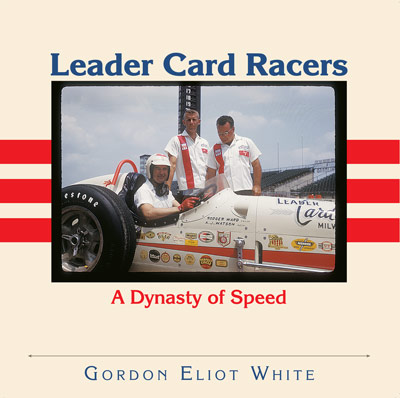
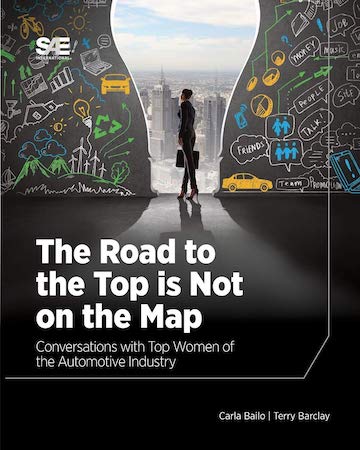

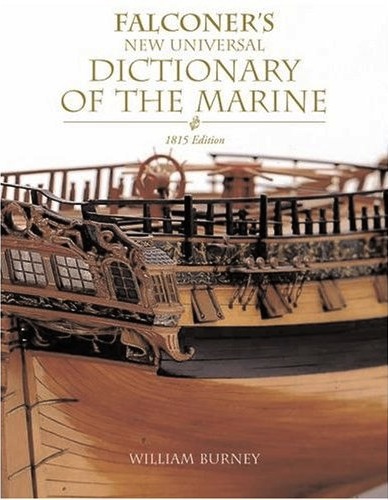
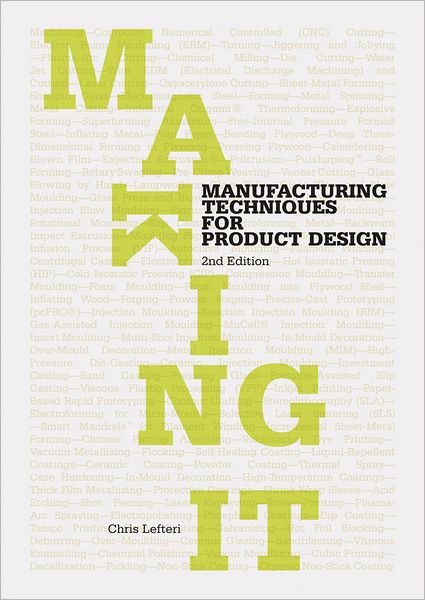


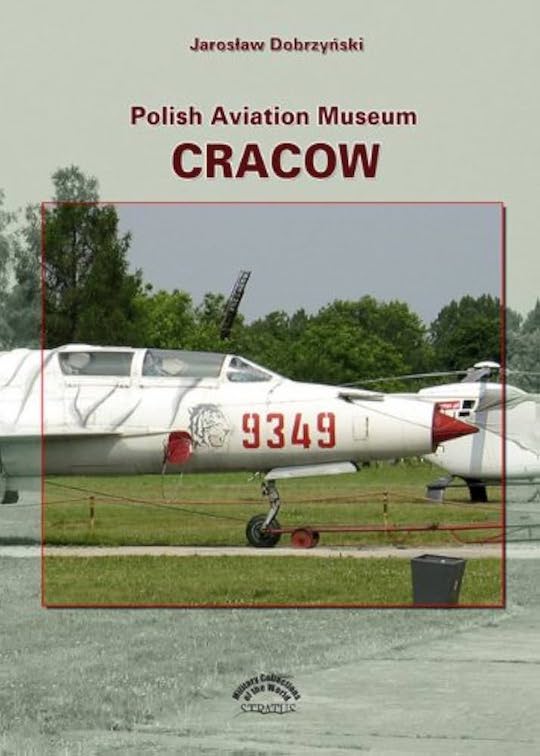
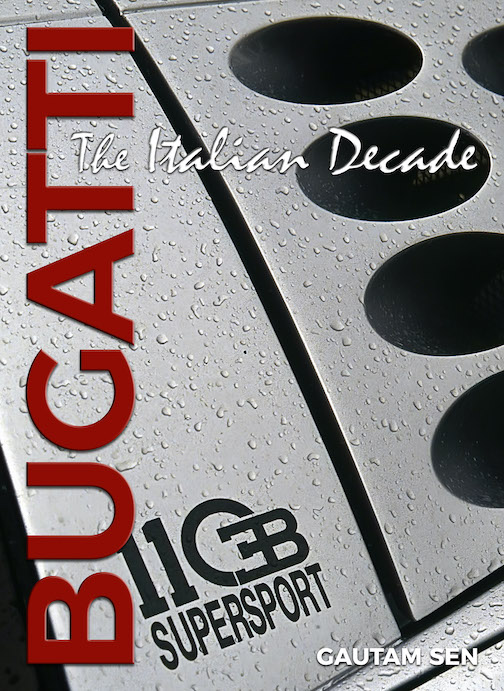
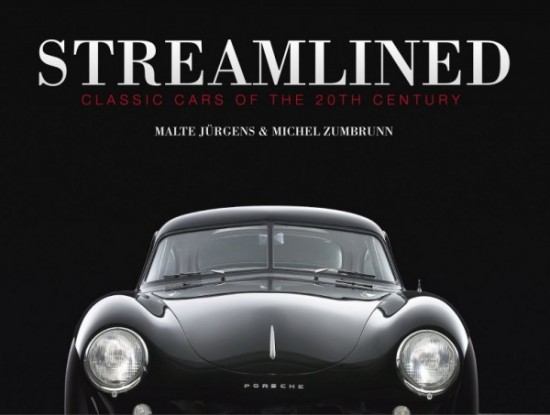

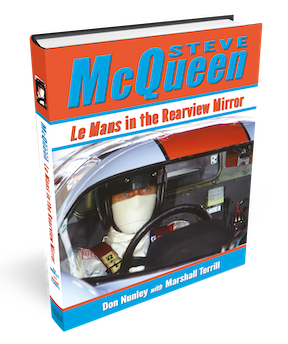
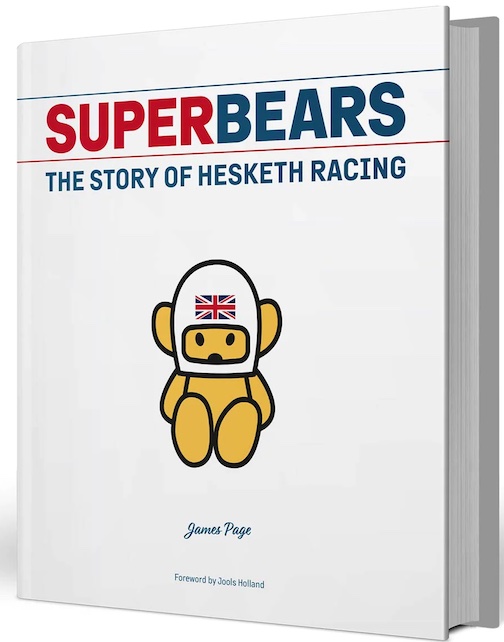

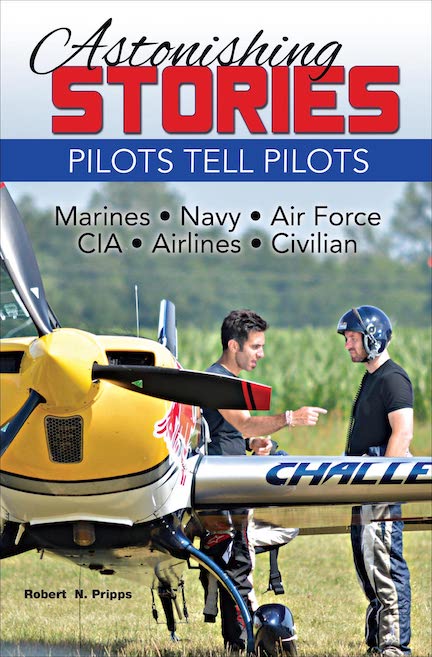
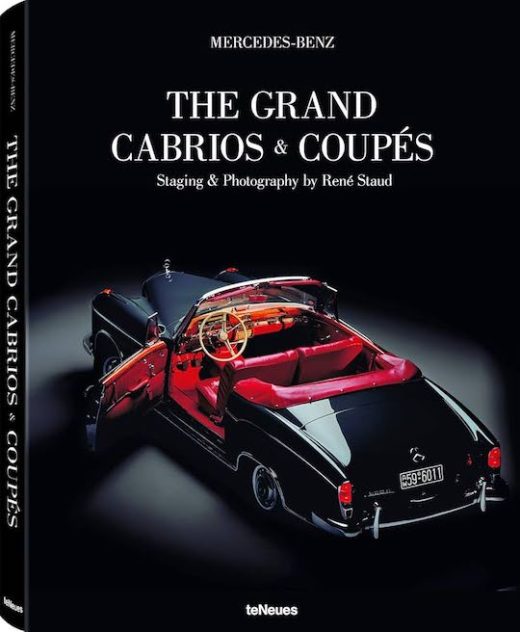
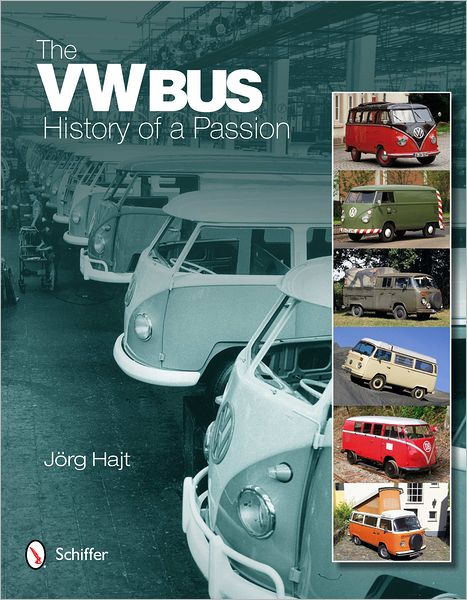
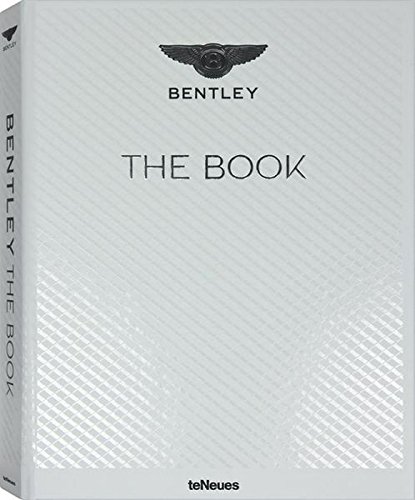

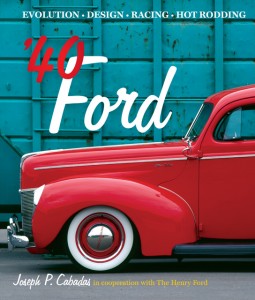
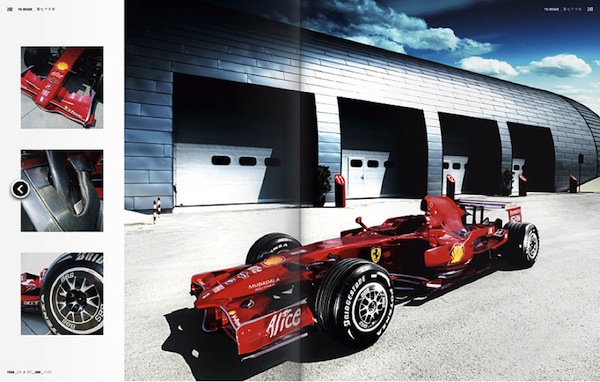
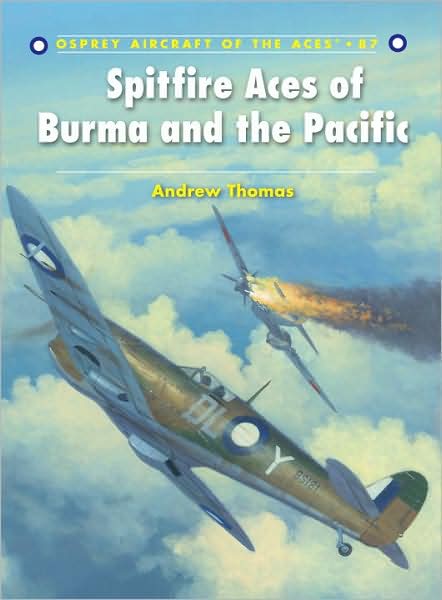
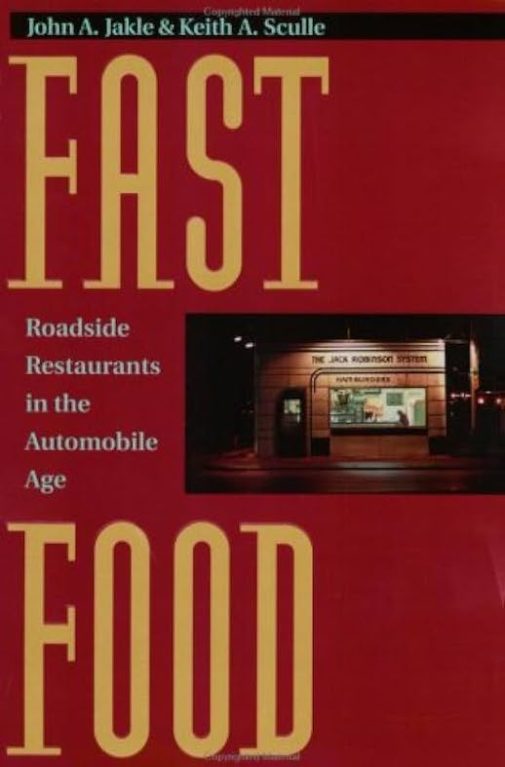
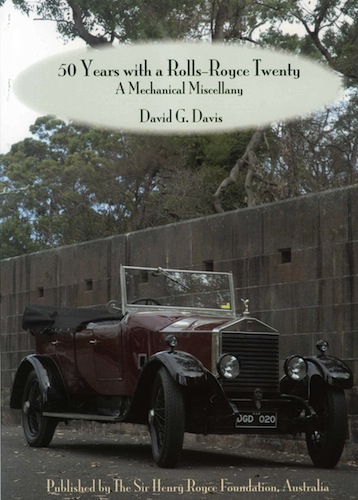
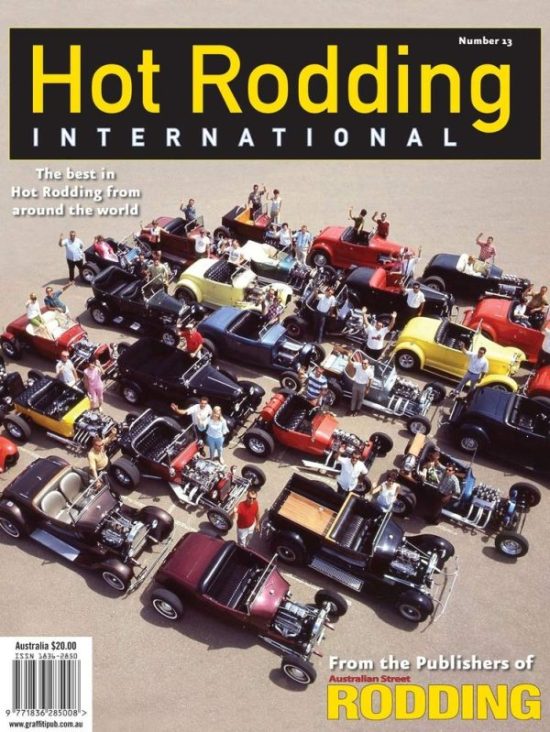
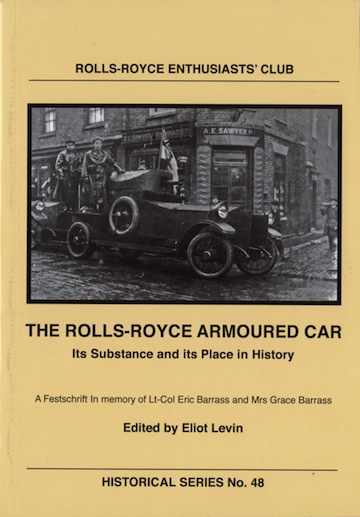
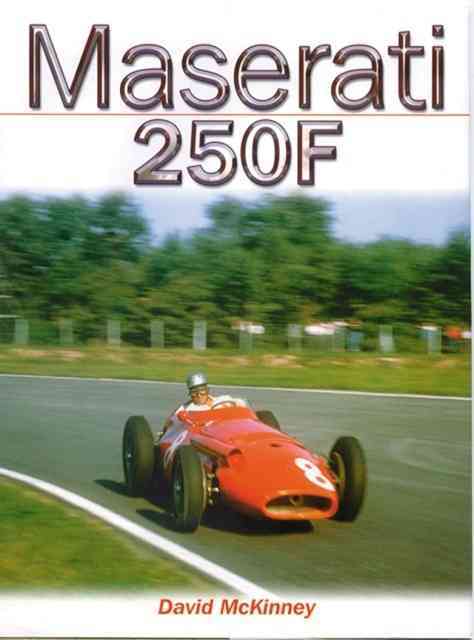
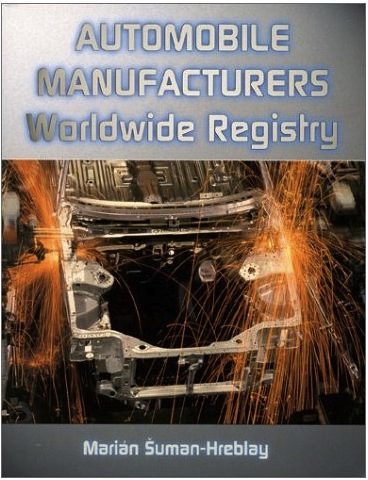
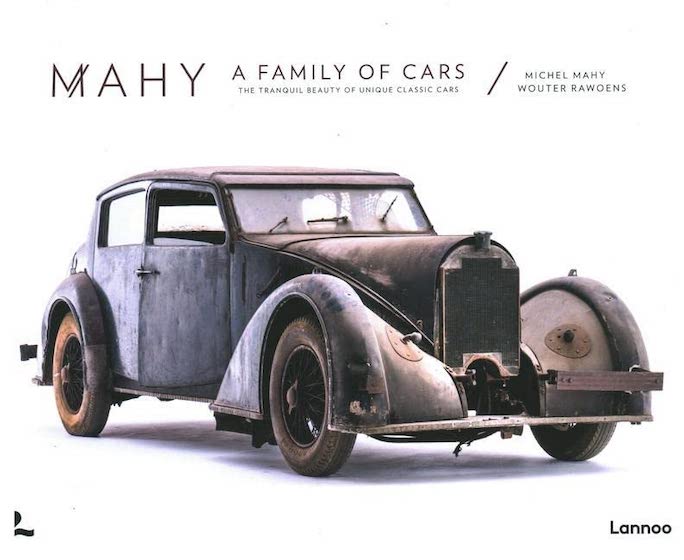
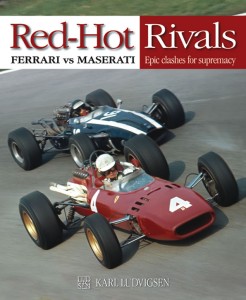
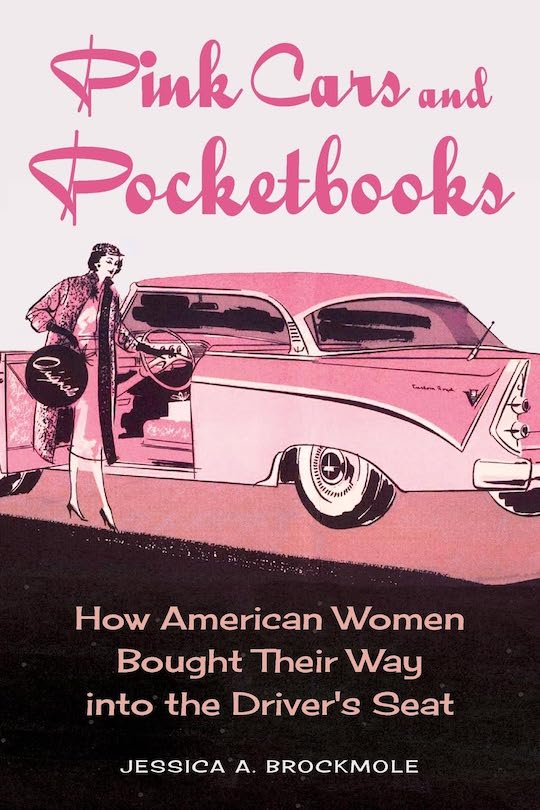
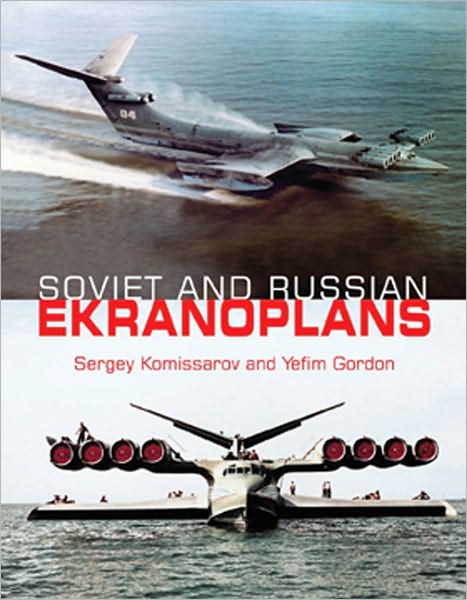
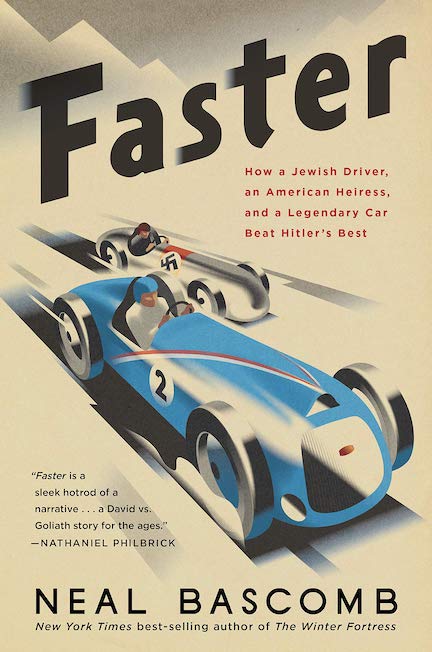
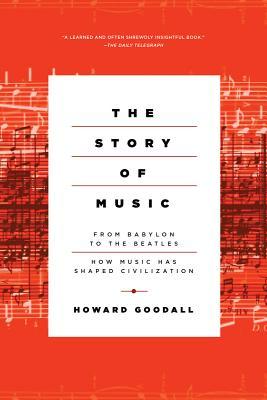
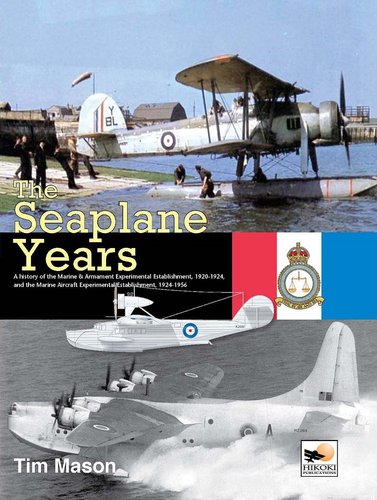
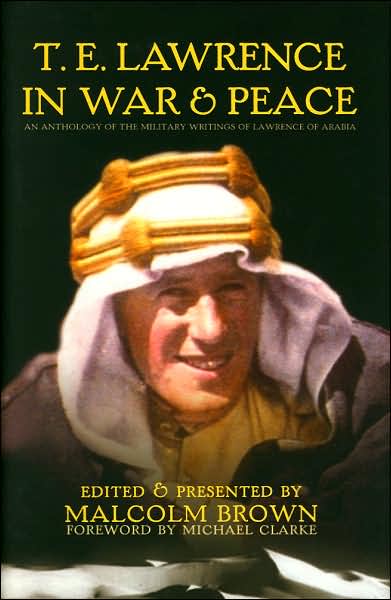
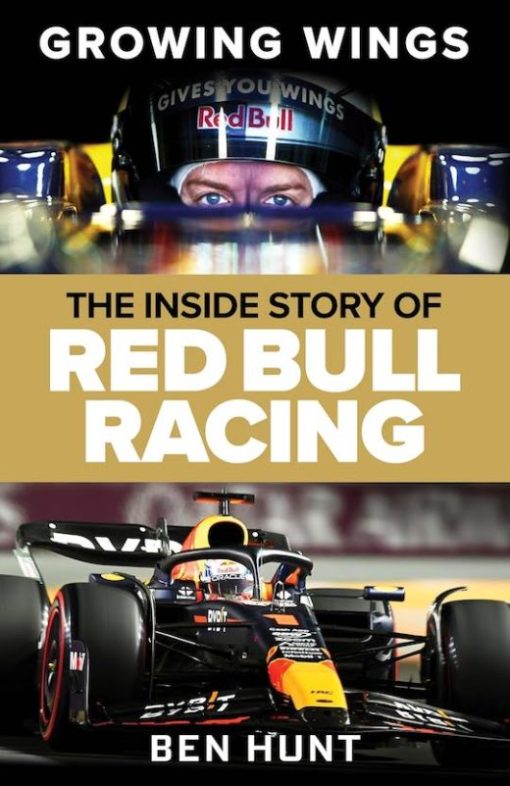
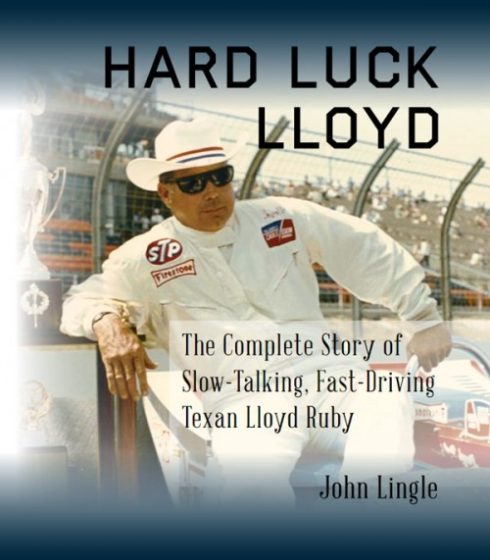
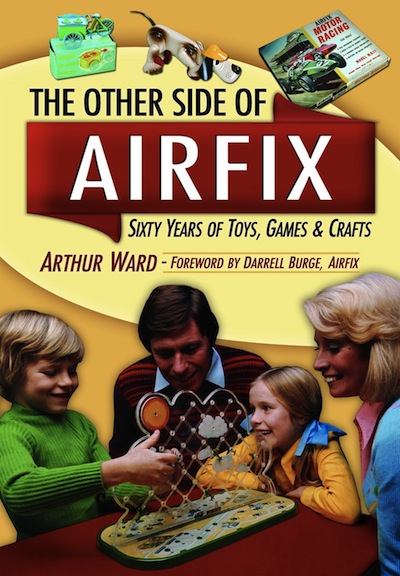
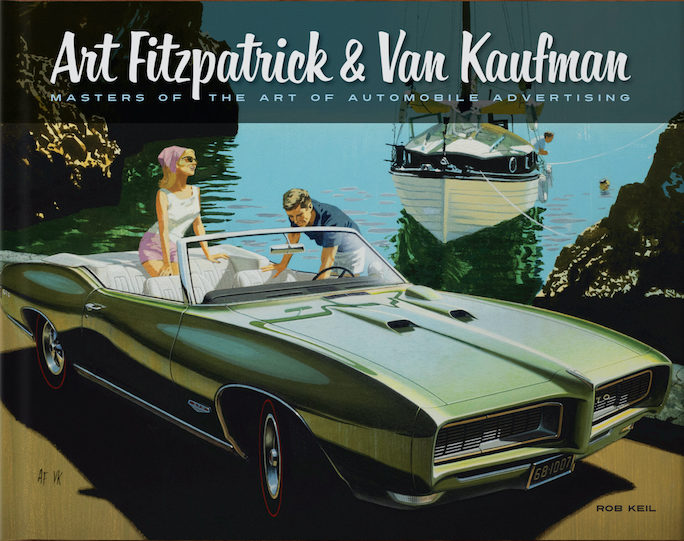
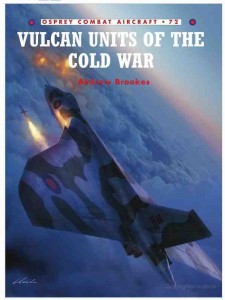

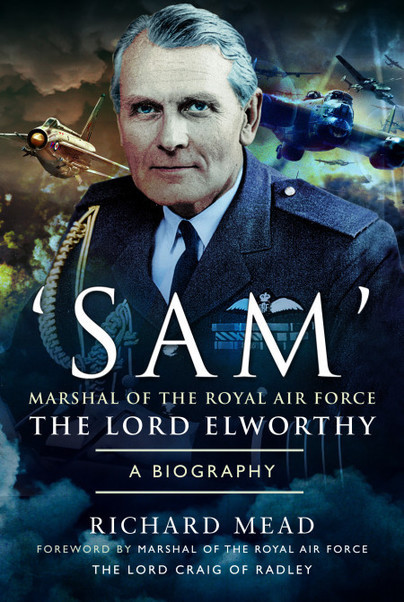
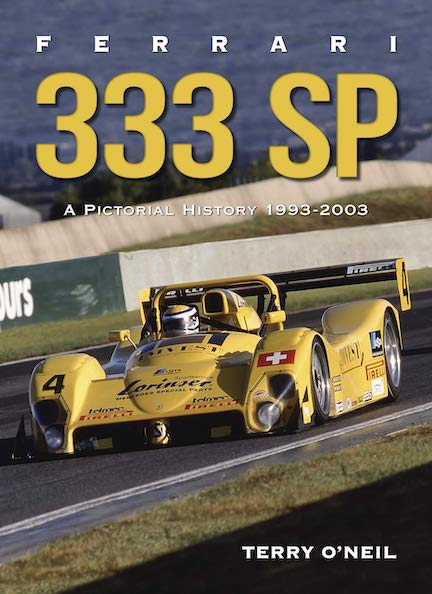

 Phone / Mail / Email
Phone / Mail / Email RSS Feed
RSS Feed Facebook
Facebook Twitter
Twitter
Alongside “Emotion Ferrari” by Maurice Louche, “Ferrari in Camera” by Geoff Goddard/Doug Nye and “Klemantaski and Ferrari” certainly one of the best books on the subject: a must have!